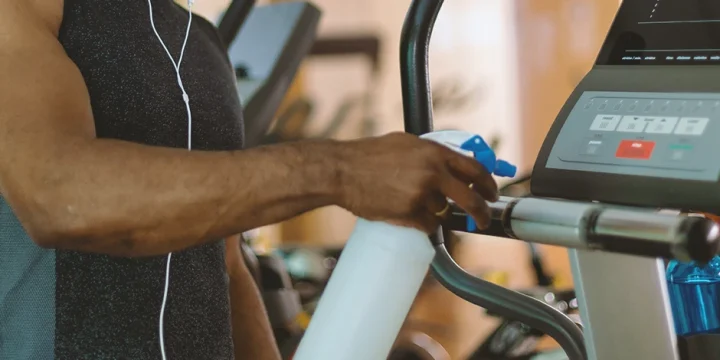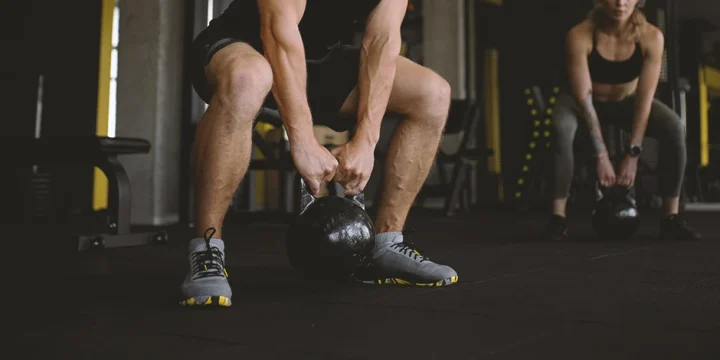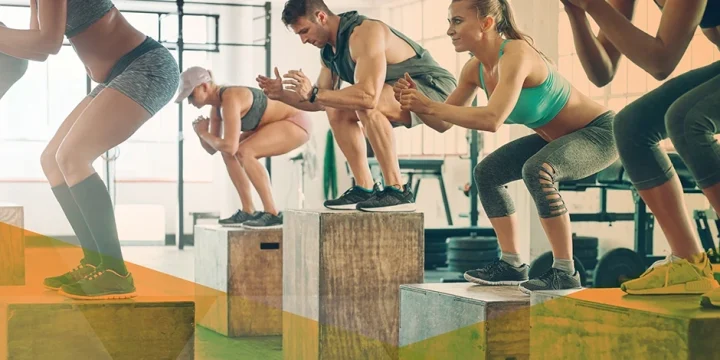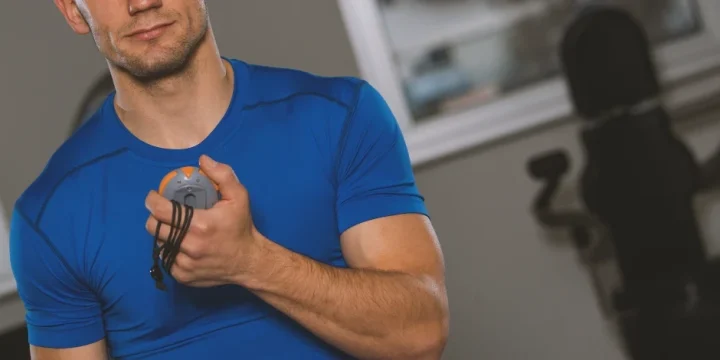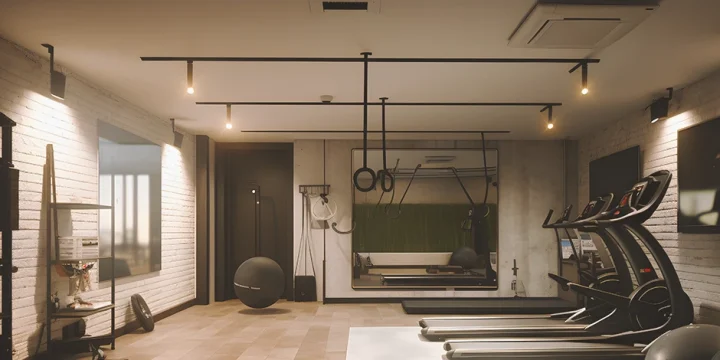Clients frequently ask for home workout plans tailored to their specific gym machines and fitness levels.
But there are some basics that you can follow with most machines.
If you need some help with finding flexible and affordable workout machines, then check out our research on the recommended compact home gym.
This guide on using home gym equipment is based on insights from fitness industry professionals.
Quick Summary
- Customize your home gym workouts to align with personal fitness goals, utilizing the equipment you have for maximum effectiveness.
- Establish specific fitness targets, like weight loss or muscle gain, and design a workout regimen that appropriately balances cardio and strength exercises.
- Start with lower settings to understand your home gym equipment, and maintain a consistent workout routine for 2-3 months to evaluate progress.
- In my opinion, a well-rounded fitness routine should include varied strength training focusing on different muscle groups and regular cardiovascular exercises, adjusting for intensity and equipment for overall health and fitness.
How Should You Plan Using Home Gym Equipment?

Plan your home gym workouts based on personal goals and fitness levels, using available equipment to match the effectiveness of a commercial gym.
Here are a few tips.
Set Your Personal Fitness Goals
Effective use of home gym equipment starts with a clear goal, such as weight loss or muscle toning.
What you do in your workouts will be completely different in either case. For weight loss, you’ll aim to do a lot more cardio than lifting weights; and for bulking, it’s the exact opposite.
Create A Workout Plan
The next thing you need to do is define your home gym workout plan. Let’s say you want to lose weight over the next three months. Incorporate varied exercises like interval training or circuit workouts for effective fat burning and muscle building.
Your plan would then probably include 3-4 cardio sessions a week and 1-2 sessions for strength training.
How much weight you lift and your reps will also be influenced by your fitness goals. That means if you want to lose a few pounds, then reduce the loads and increase the reps.
Also Read: Best Home Workouts for Legs
Try Out the Machine Settings
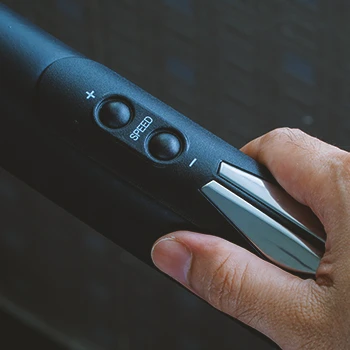
If you’ve just set up new fitness machines at your home gym, then set the load settings to a minimum and test out the different setups.
This is especially important with a cable machine, where you can often adjust things in many different ways.
You then want to remember how to set up the weight machines for your workout plans so that you don’t waste a load of time between sets.
Related Articles:
- Must-Have Equipment for Home Gym
- How to Tighten Cables on Home Gym Equipment
- How to Sell Used Exercise Equipment
Stick to Your Plan
Once you have a workout routine, I suggest that you stick with the plan and not get tempted by constantly changing things around.
By sticking with a plan for 2-3 months, you get a much better picture of whether it’s working for your fitness goals.
Adjust the weights on your equipment as necessary, but only modify your workout plan if it's not aligning with your fitness goals.
Planning for Strength Training

Here are some ideas for figuring out how to use home gym equipment for your strength training routine.
Warm-Up Routine
It still surprises me how many people jump onto the first piece of gym equipment straight out of the locker room.
Not only is that not a good starting position for an effective workout routine, but it can lead to unnecessary injuries, as confirmed by the article published on NIFS.org [1].
Focus On Muscle Groups
By focusing on different muscle groups in your workouts, you create a much more even distribution of strength and muscle growth.
For consistent toning and bulking, focus on specific muscle groups like arms, chest, back, shoulders, legs, and core.
Each muscle group requires a different level of attention, and with designated days, you’ll be assigning time more effectively.
Upper Body Exercise Examples
Here are some sample exercises to do at home:
- Bench Press (3 sets of 8 reps): Set your hands up on the bar about shoulder-width apart and raise the barbell off the stand. Lower the bar down to your chest and then slowly return to the starting position.
- Seated Rows (3 sets of 8 reps): Set up a cable machine to above the seat height position and plant your feet shoulder-width apart in front of you. Slowly pull the handles to your chest while pushing your shoulder blades together and release back to the fully extended position.
- Deadlifts (3 sets of 8 reps): With your feet shoulder-width apart on the ground, step close to a barbell to grip it in front of your legs. With a straight back, slowly come to an upright position before lowering down again.
Lower Body Exercise Examples
Here are a few tips on using your gym equipment to strengthen your lower body.
- Squats (3 sets of 8 reps): Stand with your feet shoulder-width apart in the squat rack and raise the bar off the rack with your shoulders. Lower your body down as far as possible before pushing back up again.
- Leg Press (3 sets of 8 reps): Get into the leg press setup, where you're in a seated squatting position. Slowly straighten your legs and try to keep a slight flex at the top of the movement before lowering down again.
- Hamstring Curls (3 sets of 8 reps): Smith and cable machines often have a leg curl and extension seat where you lay down on a bench. Your legs should start fully extended, and you slowly pull your feet towards your buttocks before lowering down again.
Related Article: Full Power Rack vs Half Rack
Planning for Cardio Training

Regular use of cardio machines is essential for cardiovascular health and effective weight management.
Here are some tips to follow.
Warm-Up Routine
Every gym workout routine should start with a solid warm-up.
For a cardio session, this could include some jumping jacks and lunges to get your heart beating and activate muscles.
Pick the Ideal Workout
Some people love the treadmill, while others prefer spending time on an elliptical machine.
One thing that should influence your preference is the impact on joints, and for this, I would recommend a stationary bike and an elliptical machine.
Vary the Intensity Level
Once you have your preferred machine, it’s important to vary the intensity settings. Start at a steady pace and then set intervals at which you’ll aim to go for a higher intensity [2].
“When you work out at a sufficient intensity, your body grows stronger and you'll see changes in your weight, body fat percentage, endurance, and strength.”
- Tyra Tennyson Francis, MD at VeryWellFit.com
FAQs
Can You Build Muscle With a Home Gym Machine?
Yes, you can build muscles with a home gym machine. As long as you have a good exercise routine and stick with good form for each rep, you’ll be able to bulk up consistently.
Can You Lose Weight With a Home Gym?
Yes, you can lose weight with home gyms. For some people, it might even be easier because they can do some workouts when they have limited time due to work and family commitments.
References:
- https://www.nifs.org/blog/the-importance-of-a-warm-up-for-injury-prevention-and-workout-performance
- https://hqlo.biomedcentral.com/articles/10.1186/s12955-017-0743-4
About The Author
You May Also Like
